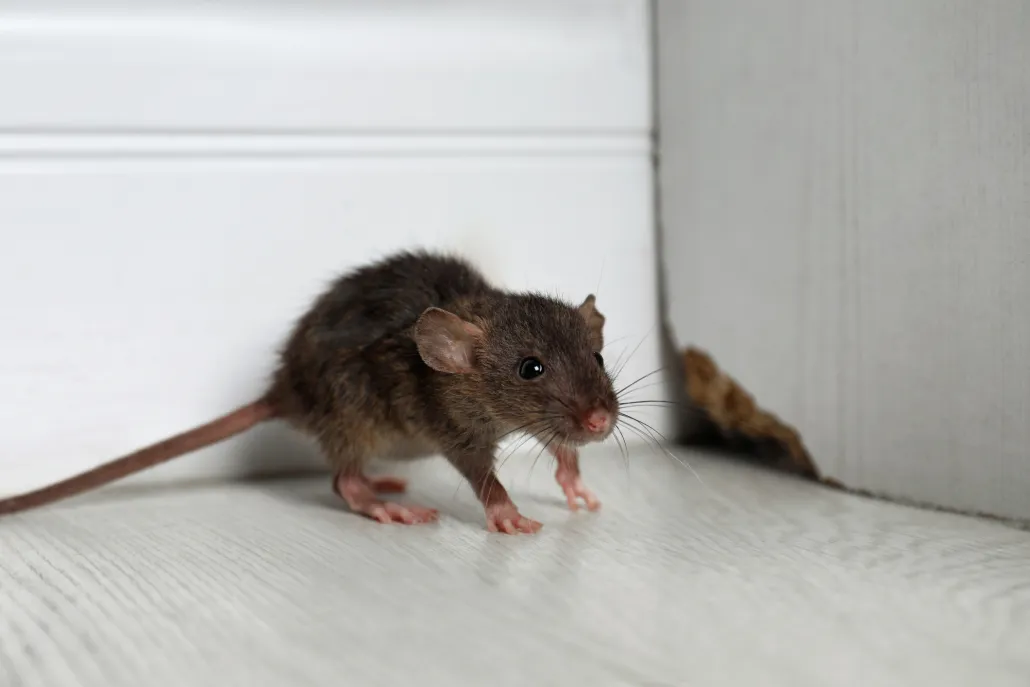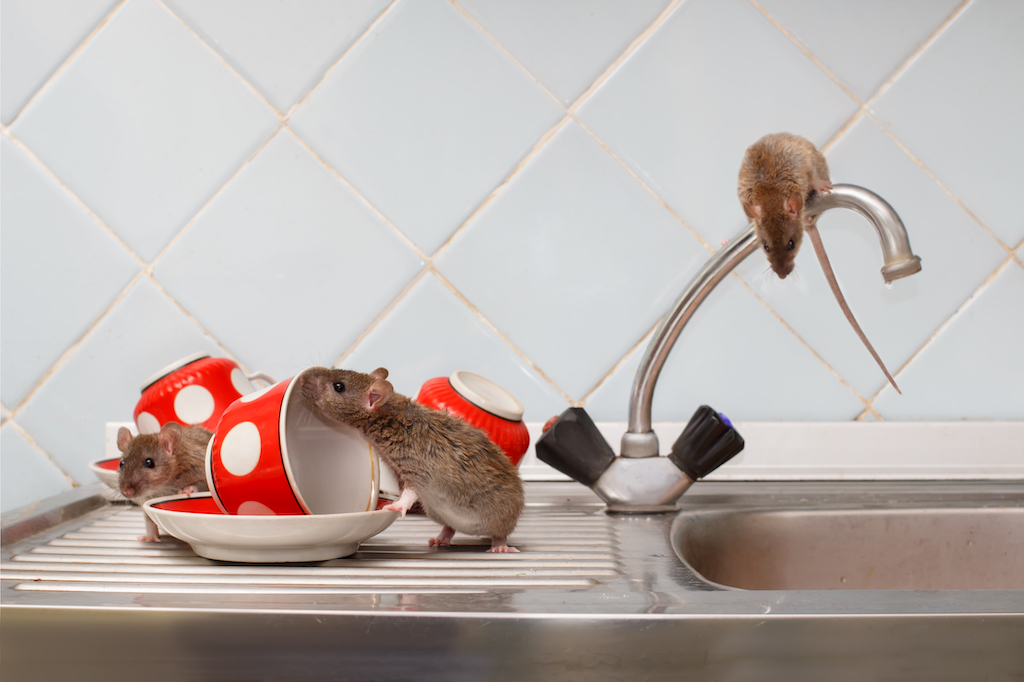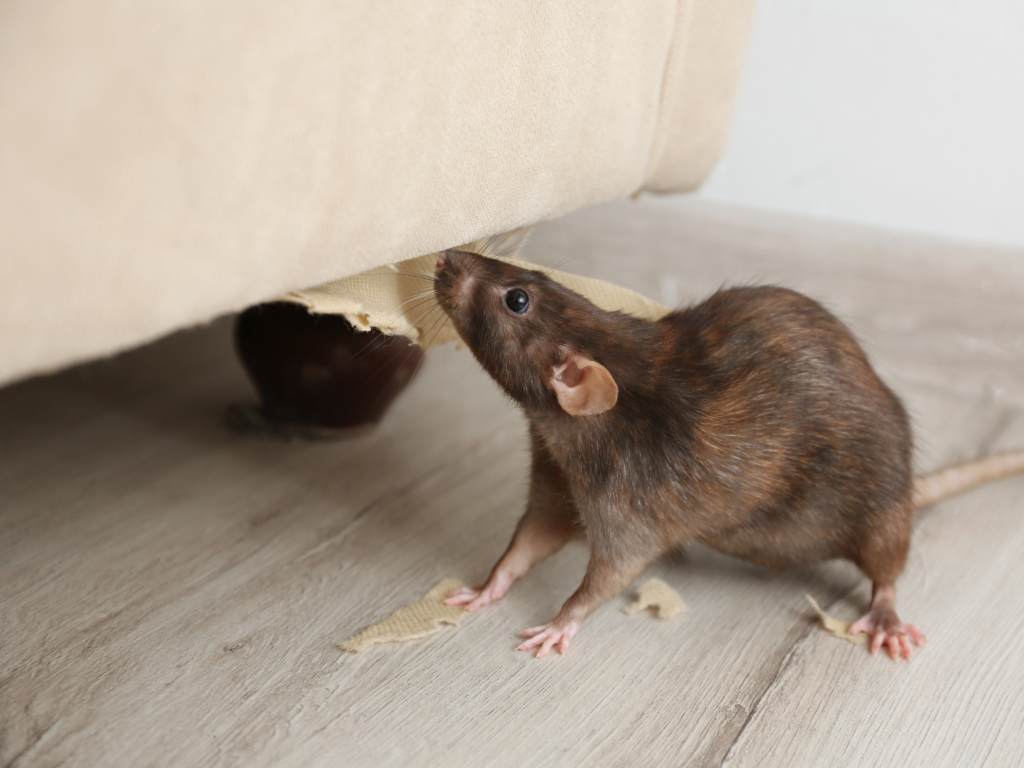Rodent Treatments in Florida
Exterminator Services for Boynton Beach, Lake Worth, and Lake Worth Beach
Florida’s subtropical climate, characterized by mild winters and abundant warmth, creates an inviting atmosphere for people seeking sun-filled days and easy coastal living. However, these same conditions also invite rodents – specifically mice and rats – which thrive wherever they find reliable shelter and food. Whether you own a home in Boynton Beach, manage a business near Lake Worth, or operate rental properties around Lake Worth Beach, dealing with a rodent infestation can cause stress, disrupt routines, and lead to property damage. This service page explains how rodents multiply in Florida’s environment, why timely rodent treatments are crucial, and how an experienced exterminator can remove these pests and prevent them from returning. By learning the warning signs and taking swift action, you protect your property’s integrity and ensure a comfortable, pest-free environment.
Why Rodents Thrive in Florida

- Mild Winters
In colder areas of the country, extended freezing temperatures force rodents to slow reproduction or seek scarce indoor habitats. Florida’s winters, however, rarely dip low enough to hamper rodent activity significantly. Mice and rats thus remain active all year, finding steady food and minimal natural checks on population growth. - High Humidity and Frequent Rainfall
Rodents gravitate toward moisture, which they require for hydration and nesting. In Florida, rain showers and humid air give them ample water sources. When heavy rains flood outdoor nests, rodents often migrate indoors—like into attics, garages, or behind walls—to escape rising water levels. - Abundant Food Options
Urban and suburban regions in Boynton Beach, Lake Worth, and Lake Worth Beach typically have easy food access for rodents. Whether it is uncovered trash bins, stray pet food, or the scattering of restaurant leftovers in dumpsters, these scraps lure mice and rats. A single unsealed pantry item or neglected garbage can provide enough incentive for rodents to linger and breed. - Minimal Seasonal Dormancy
While rodents in northern climates experience a forced lull in activity due to extended cold seasons, Florida’s subtropical weather does not impose such constraints. Rodents can breed freely, meaning that even a small, undetected group can surge into a full-blown infestation if ignored for several months. - Ongoing Development
Each new construction project or renovation in coastal Florida displaces rodents from their former nests, prompting them to seek refuge inside fresh buildings or older, porous structures. Coupled with older properties that might have cracks in foundations or worn-out weatherstripping, southwestern Florida towns see a steady risk of rodent intrusions.
Common Rodent Species in Florida
- House Mice (Mus musculus)
Small and light-brown or gray, house mice prefer cozy, hidden indoor spots to nest and reproduce. They squeeze through holes no bigger than a dime, often finding their way under doors, behind kitchen appliances, or into wall cavities. House mice reproduce rapidly, making them among the most frequently encountered rodent pests in Florida’s suburban areas. - Roof Rats (Rattus rattus)
Also known as fruit rats or black rats, roof rats are agile climbers that commonly access upper levels of homes or commercial buildings by scaling tree branches, power lines, or vines. They might nest in attics, often near palm trees, where they can feed on fruits, nuts, or accessible pantry goods. They pose a threat to electrical wiring and wooden beams when gnawing. - Norway Rats (Rattus norvegicus)
Larger and stockier than roof rats, Norway rats typically prefer ground-level or below-ground nesting. They burrow alongside foundations or within crawl spaces, seeking easy routes into basements or first floors. Food stored in unsealed areas—like open trash bins—readily attracts these robust rodents. - Field Mice or Deer Mice
In transitional zones between developed neighborhoods and open land, field mice find opportunities near landscaping piles or storage sheds. Their infiltration of a property might happen if local habitats flood or if new construction disrupts their usual foraging grounds.
Telltale Signs of a Rodent Infestation
- Droppings and Urine Trails
Mouse droppings look like small, dark grains of rice, while rats leave larger, capsule-shaped pellets. Fresh droppings are moist and dark, turning dull over time. In heavy infestations, you may also detect a pungent, musky odor. - Gnaw Marks
Rodents chew continuously to maintain short incisors, leaving bite marks on materials like wood, plastic, or stored food packaging. Holes in cereal boxes, corners of pet food bags, or shredded fabric often indicate active feeding. - Nighttime Noises
Scuttling, scratching, or squeaking behind walls or attics at night might suggest rodents rummaging for sustenance or constructing nests. Listening closely can help locate potential nest zones. - Nests Made of Shredded Material
Mice and rats build nests from paper, insulation, or cloth scraps. Spotting these in seldom-used closets, garages, or basements confirms breeding activity. The presence of droppings near nests underscores an active infestation. - Strange Pet Behavior
Dogs or cats may fixate on certain cabinets, corners, or floors if they sense rodent presence. If your pet obsessively sniffs at or guards an apparently empty area, a hidden rodent nest could lie just beyond sight.

Why Timely Rodent Treatments Matter
- Health and Sanitation
Rodent droppings, hair, and urine can contaminate stored foods, dishes, or kitchen countertops. Some rodents also ferry parasites like fleas or ticks, adding extra infection risks. Quick removal lowers the potential for disease transmission. - Building Preservation
Mice and rats constantly gnaw—potentially damaging wiring, wooden beams, drywall, or insulation. Undetected, this behavior heightens fire hazards or structural decay. Prompt action staves off extensive, costly repairs. - Rapid Reproduction
A pair of mice can produce multiple litters within months. By the time owners notice droppings, the population might be extensive. Addressing the issue early halts breeding cycles before rodents spread to other rooms or adjacent properties. - Reducing Stress
No one wants to hear scurrying in the walls at night or discover chewed belongings. Knowing that a rodent-free environment has been restored alleviates anxiety, letting you enjoy your Florida home without unwelcome intruders.
Effective Rodent Exterminator Solutions
- Inspection and Assessment
A professional exterminator starts by surveying the property. Checking under sinks, in attics, crawl spaces, or behind appliances reveals droppings and potential entry points. Identifying rodent species (mice vs. rats) influences the choice of baits, traps, or deterrents. - Sealing Entry Holes
Because rodents fit through tiny openings, sealing cracks, gaps, or pipe inlets is crucial. This could involve caulk, steel wool, weatherstripping, or metal plating to ensure rodents cannot slip back inside once current populations are removed. - Traps and Baits
To target indoor populations, snap traps, multi-catch traps, or tamper-resistant bait stations are placed near droppings or travel routes. Outdoors, enclosed bait stations may encircle the foundation. The exterminator chooses rodenticide or trap styles consistent with the property’s layout, occupant preferences, and potential hazards to pets or children. - Sanitation and Cleanup
Removing rodent waste, cleaning up nesting materials, and sanitizing surfaces lowers re-infestation chances. Ensuring no leftover food or spilled trash remains accessible deprives rodents of easy meals. Large structural holes or breaks in screens or vents are repaired to prevent re-entry. - Follow-Up Visits
Because mice reproduce rapidly, repeated checks confirm complete eradication. If fresh droppings or gnaw marks appear, additional treatments can be applied before rodents rebuild their foothold. This step is especially relevant in Florida, where mild weather keeps rodent breeding year-round.
Service Areas: Boynton Beach, Lake Worth, and Lake Worth Beach
Boynton Beach: With a blend of residential neighborhoods, commercial centers, and green spaces, mice can discover both shelter and sustenance in older homes, yard debris, or easily accessed dumpsters. Timely extermination plus small fixes (like upgrading door sweeps or sealing deck undersides) significantly reduce intrusion.
Lake Worth: Known for its vibrant culture and mix of old and new buildings, Lake Worth sees frequent renovations and property updates. Gaps in older structures let rodents sneak in. Meanwhile, restaurants and busy trash bins can inadvertently feed mice. Coordinated efforts at sanitation and thorough inspection ensure fewer rodent hideouts.
Lake Worth Beach: A coastal locale with vacation rentals and varied home styles, Lake Worth Beach experiences regular occupant changes. If rodents are overlooked between tenancies, infestations might spread or re-emerge. Ongoing vigilance from owners and property managers is vital.

Why Choose Our Rodent Control Services
- Tailored to Florida’s Climate
Effective rodent control in a subtropical zone calls for year-round readiness and methods that account for continuous breeding cycles. We craft approaches suited to Florida’s warm, humid conditions, ensuring consistent results even in mild winters. - Minimal Risk, Targeted Tactics
We place baits, traps, or deterrents strategically along rodent pathways, focusing on problem areas. This precision lowers the potential impact on non-target animals, children, or beneficial insects, while maximizing success against nesting rodents. - Emphasis on Prevention
Beyond the immediate removal of mice or rats, we help homeowners identify small modifications—like storing pet food in sealed bins or trimming back vegetation—to reinforce a rodent-free setting. Such changes reduce re-entry possibilities once the property is cleared. - Efficient Follow-Up
After initial treatments, scheduling re-checks helps confirm that newly born rodents are swiftly removed. If fresh evidence of rodent presence emerges, technicians can refine the approach before the problem intensifies.
Next Steps
Do you hear scratching in walls at night, notice droppings near cupboards, or discover gnaw marks on stored supplies? Contact us to learn more or schedule your service. Our mice exterminator methods in Boynton Beach, Lake Worth, and Lake Worth Beach thoroughly address each stage of rodent invasions, from initial scouting to final removal. Acting quickly safeguards your home or business from broader contamination, structural damage, and the stress of living alongside rodents.
Sustaining a Rodent-Free Lifestyle in Florida
When Florida’s mild climate works in favor of year-round rodent activity, property owners must remain vigilant. Even after an infestation is removed, everyday habits keep mice at bay:
- Seal Potential Entry Points: Check screens, door thresholds, and pipe inlets. A mouse can squeeze through a quarter-inch gap, so thorough sealing is vital.
- Tighten Food Storage: Place pantry items, especially grains or pet food, in plastic or metal containers. Promptly clean up spills or crumbs, halting easy feeding spots.
- Manage Yard Debris: Mowing grass, trimming shrubs, and removing piles of leaves or wood deprive mice of external shelter. Ensure that garbage cans have secure lids.
- Regular Checks: Listening for odd noises, scanning for droppings, or occasionally inspecting corners can help detect rodents early. If you do suspect them, contacting a professional quickly is best.
Through consistent upkeep and a strong partnership with an experienced extermination team, living in Boynton Beach, Lake Worth, or Lake Worth Beach remains a joy—even amid Florida’s rodent-friendly climate. Addressing small intrusions immediately saves you from facing a major rodent incursion down the line. With thoughtful prevention, targeted treatments, and minimal disruptions, you protect your investments and sustain a clean, welcoming environment year-round.
